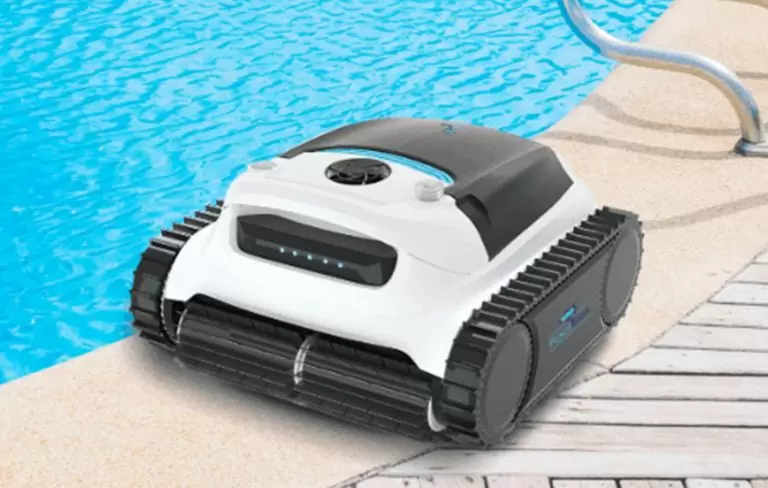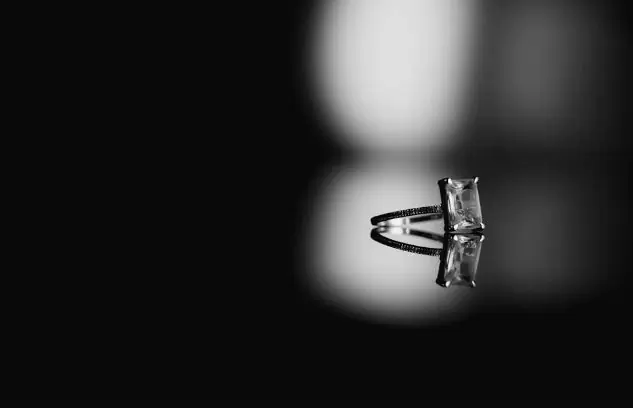How Does A Dual Diagnosis Treatment Center Work?
A dual-diagnosis treatment center helps patients struggling with mental illness and substance abuse. Dual diagnosis treatment aims to address substance misuse and mental illness simultaneously. The treatment process at a dual-diagnosis facility begins with an evaluation by a group of mental health specialists.
This evaluation aids the team in identifying the specific mental illnesses and substance misuse problems the person is dealing with, as well as any underlying medical or emotional problems that might aggravate the situation.
The team will create a personalized treatment plan for the individual based on the assessment. To help manage mental illness and addiction. This article examines how a dual diagnosis treatment center works.
The Various Therapy Approaches
The goal of cognitive behavioral therapy and dialectical behavior therapy is to assist patients in recognizing and altering the harmful thought patterns and behaviors that underlie their mental illness and substance dependence. These therapies can be delivered in individual or group settings, and they may also include homework assignments and other exercises to help patients put their newfound abilities into practice.
Medical Assisted Treatments
The treatment strategy for patients with a dual diagnosis may also include medication. Antipsychotics, antidepressants, and other medicines may be used to treat the symptoms of mental illness and lower the chance of relapse. Patients must take these medications as directed and inform their treatment team of any adverse effects or worries.
Inpatient and Outpatient Treatment Options
Depending on the severity of the patient’s condition and other criteria, inpatient and outpatient treatment options are offered at a dual diagnosis treatment center. Inpatient treatment usually involves living at the treatment center for a while—typically 30 days or longer—while receiving round-the-clock assistance from a staff of specialists.
An organized program of therapies and other activities are part of inpatient treatment. Individual and group therapy sessions, support group meetings, social gatherings, and lectures on mental illness and addiction also fall under the inpatient treatment category.
The purpose of inpatient therapy is to give patients a secure and encouraging environment where they can concentrate on getting well and acquiring the knowledge and abilities they need to manage their mental illness and addiction in the long run.
In contrast, outpatient treatment permits the patient to continue living at home while attending sessions at the institution a few times per week. Outpatient treatment option at a dual diagnosis treatment center includes individual therapy, group therapy, and support group meetings. But while receiving assistance and therapy for their mental illness and addiction, they can continue with their daily obligations, such as jobs or school.
Depending on the patient and the unique treatment plan, therapy duration varies in dual diagnosis centers. While some people might need to participate in treatment for several months or more, others could be able to finish it sooner.
Summary
Treatment for dual diagnoses can be difficult, but it is fruitful. Individuals develop the skills necessary to manage their condition and achieve long-lasting recovery by addressing mental illness and substance abuse. People with a dual diagnosis can live happy, healthy lives if they receive the appropriate care and support.










